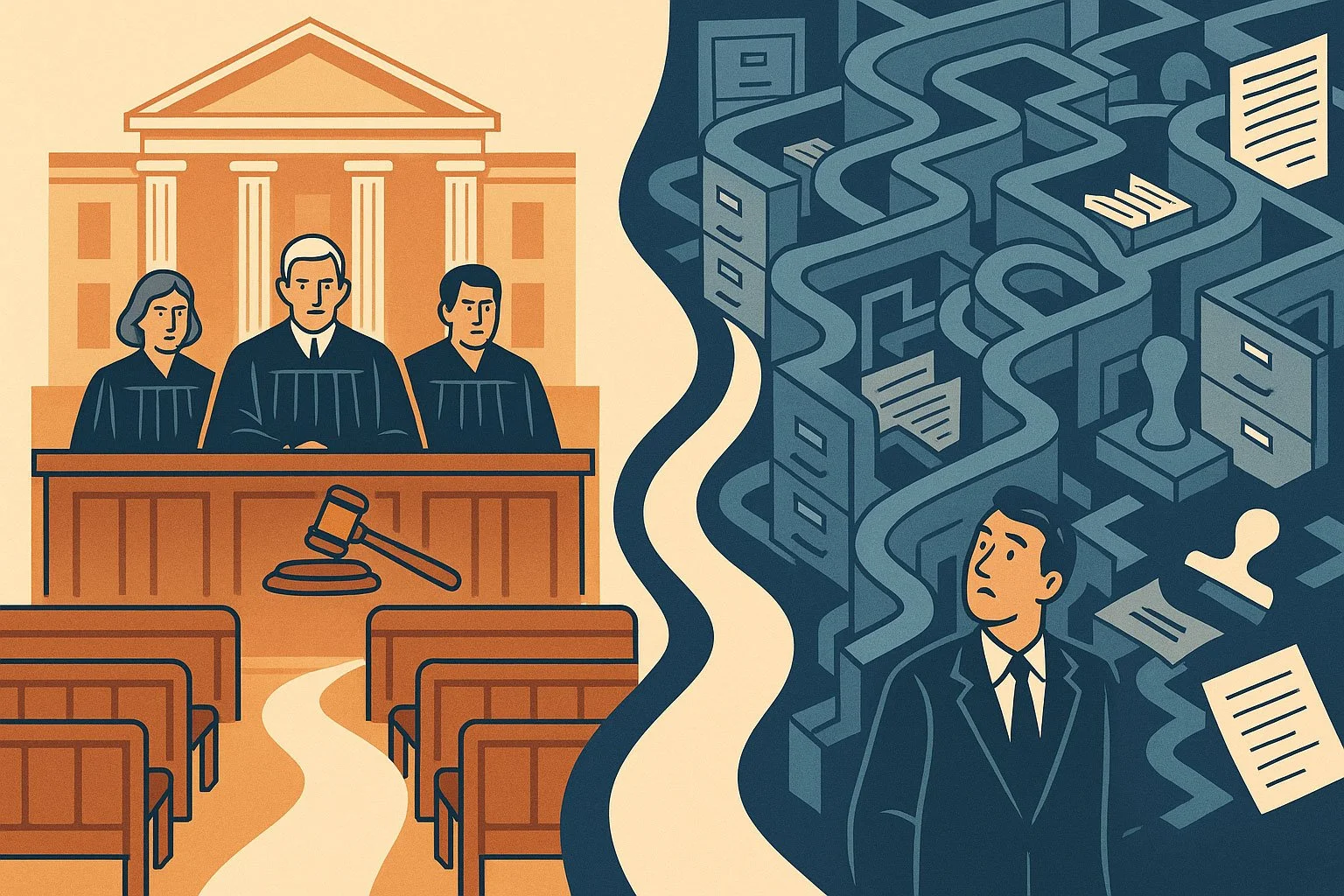The Patent Eligibility Requirement of 35 U.S.C. Section 101: A Series (Fifth Post)
Written by Ben Esplin
The Historical Foundation at Risk: How the Dual Approach Threatens America's Innovation Legacy
Over the course of this series, we have explored the structural problems inherent in the dual approach to the Alice/Mayo test. Today, we examine these problems through a historical lens to understand their broader implications for American innovation and economic development.
The Constitutional Foundation Under Assault
The relationship between intellectual property rights and industrial development is foundational, not coincidental. When the Industrial Revolution transformed England in the late 18th century, patent trends experienced dramatic increases that coincided precisely with industrial takeoff. The changes in intellectual property regulation were intrinsically linked to the launch of industrial capitalism itself.
The American patent system, established through the Patent Act of 1790 and modernized in 1836, became the world's first truly modern patent institution. Its success was closely tied to America's industrial supremacy, with favorable treatment of inventors becoming a hallmark of economic development. The dual approach to the Alice/Mayo test threatens to unravel this historical achievement.
From Industrial to Knowledge Economy: What's at Stake
As society evolved into what Daniel Bell termed "post-industrial society," intellectual property became the primary form of wealth, surpassing traditional physical assets. Companies' market valuations increasingly reflect their intellectual property portfolios rather than tangible assets—precisely at the moment when the dual approach has rendered patent rights uncertain.
The historical analysis suggests that intellectual property rights were constitutive elements of industrial capitalism itself. Patents provided mechanisms for separating ownership from control, allowing valuable productive activity through intermediation and licensing arrangements. The dual approach undermines these essential functions.
The Systemic Risk of Institutional Breakdown
The dual approach represents a fundamental breakdown in institutional architecture that has historically supported American innovation. The immediate impacts we've discussed—collapse of administrative-judicial cooperation, erosion of the presumption of validity, and degradation of examination quality—represent departures from institutional arrangements that have served as essential elements of American economic development for over two centuries.
When companies' strategic decisions become "nearly impossible" due to divergent analytical frameworks, and patent rights become unreliable as investment security, the fundamental promise of patent protection becomes meaningless. This undermines America's competitive advantage precisely when other nations seek to challenge American technological leadership.
The Constitutional Imperative for Resolution
Historical precedent demonstrates that coherent, predictable intellectual property institutions are constitutive elements of modern capitalist development. The Alice/Mayo test undermines the accumulation of capital, division of labor in innovation, and transformation of knowledge into economic value.
Without resolution, these impacts will compound, creating a self-reinforcing cycle of institutional breakdown that could fundamentally alter America's position in the global knowledge economy. Other jurisdictions with more coherent patent systems may gain competitive advantages, reversing the historical pattern where American patent law served as a global model.
Conclusion
The Alice/Mayo test threatens institutional foundations that have historically made American patent law a driver of economic development. As we have seen throughout this series, traditional mechanisms for ensuring consistency between administrative and judicial interpretation have clearly failed in the context of Section 101.
The stakes could not be higher. America's position in the global knowledge economy depends on institutional arrangements that support innovation and investment. The dual approach undermines both, threatening to unravel more than two centuries of successful patent policy that enabled American technological leadership.
The historical foundation of American innovation is too important to sacrifice to institutional dysfunction.

